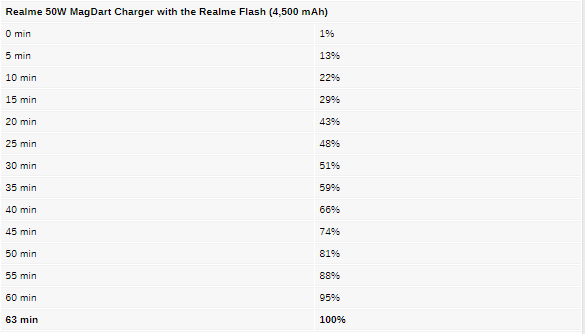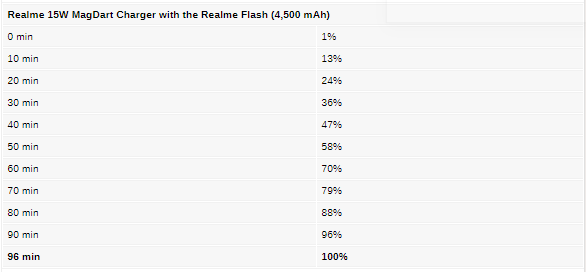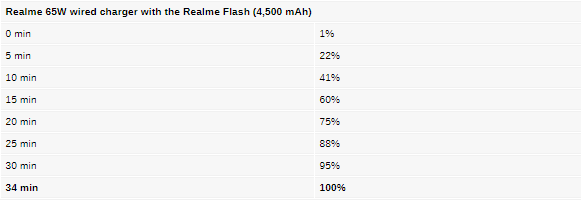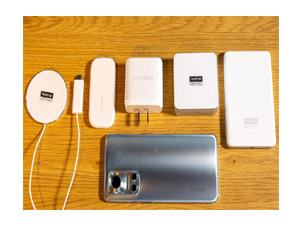Remote charging has been upheld on select telephones for longer than 10 years at this point, yet it’s numerous naysayers. It’s lethargic, it’s wasteful, it requires cautious position.
The latest major upgrade comes within the sort of magnets. Apple lead the way with its rethought MagSafe, while Realme is that the main Android creator to embrace such a framework. It calls it MagDart (“mag” for “magnet”, “dart” for its restrictive charging arrangement).
While MagDart isn’t the primary ever, it’s the fastest. we have a little aluminum block in our grip that is a 50W distant charger and it pulls towards the Realme Flash-it snaps on in ideal course of action with hardly any work.
This takes care of 1 of the more annoying problems with wireless charging. With regular wireless chargers, bumping the phone off center can cause charging to prevent, so we’ve to nervously countercheck the phone to ascertain if it’s really charging. And if you bump it without noticing then you get no charge in the least.
Wireless chargers have gotten pretty fast and 50W isn’t uncommon on flagships. But 50W is usually overkill too, so Realme also created a skinny and portable 15W charger. While it’s technically rated at an equivalent power as Apple’s 15W MagSafe, actually it charges noticeably faster. confine mind that these ratings are for peak power only, which is never achieved.
But we’ll get to the testing, let’s first meet the celebs of the show. The Realme Flash may be a prototype phone that we’ll use as a stand-in for future Realme’s with MagDart support. it’s a 4,500mAh battery, which is the maximum amount because the Realme GT 5G has. The GT itself lacks native support for any wireless charging, but the corporate is functioning on a case which will add MagDart support to the phone.
The first charger we’ll check out supports MagDart charging at up to 50W. It doesn’t have an appealing name, it’s simply called the Realme 50W MagDart Wireless Charger. Indeed, it does what it says on the tin, why confuse things.
Other than the charging loop, this unit likewise contains a cooling fan since 50W is simply a lot for latent cooling to deal with. Indeed, heat is that the enemy of this charger as we’re close to see.
Officially, the charger can get the Flash to twenty in 5 minutes and complete the charge in 54 minutes. We couldn’t match these numbers and that we suspect the space temperature is responsible. once we repeated the test during a warmer room, the we noticed that the charging bogged down even more.
In any case, with the AC on, the Flash need to half in just under thirty minutes and to 90% in around 56 minutes. the ultimate 10% took a couple of more minutes, here’s a chart showing the charge state over time:
You can even have a glance at this table that shows the charge progress in 5 minute intervals. There are a few different ways to peruse this table. Obviously, you’ll just check out rock bottom row and say that a full charge takes about an hour. But what if you begin at, say, 30%? Then it’ll take 45-50 minutes. Starting with a dead battery, you’ll go up to 50% approximately in half an hour then on.

The charger’s fan kicks in immediately once you put the phone on top. we’ve to see that this improves occupation of cooling the actual charger than the telephone. the rear of the Flash is formed out of glass then is that the top of the charger. This isn’t ideal for warmth transfer, but may be a necessary evil (metal carries heat more easily, but it might block the wireless charging).
In terms of noise, you’ll hear the fan once you are next thereto, but it’s not too loud. it’s not something you’d need to put on your night stand, however 50W is over the top excess for overnight charging, in any case.
But you don’t need to charge at 50W. you’ll enter the settings and enable Quiet charging. This close off the fan and dials back the charging speed. you’ll have this on a timetable all together that you get the total 50W during the day, however a calm charging experience in obscurity. The schedule is either automatic (when the phone thinks you’ve gone to bed, it activates quiet mode) or with fixed start and end times. you’ll leave it always enabled too, if you would like.
This combines nicely with the optimized night charging feature, which charges the battery only to 80% during the night and tops it off within the morning before you awaken. However, this is often done automatically supported the phone learning your behavior. we might have liked to ascertain a manual schedule for this also.
Continuing on to the Realme 15W MagDart Charger, it’s alittle puck that actions just 3.9mm thick. This was achieved by moving the electronics during a kind of USB dongle on the opposite end of the cable, which has the additional advantage of keeping heat-generating components faraway from one another.
The 3.9mm design is for quite just vanity. the tiny puck is straightforward to maneuver – you don’t need to put the phone on top of it, you’ll snap it on the rear and keep using the phone. you’ll scarcely feel it’s there and in the event that you prod it twisted, the magnets will bring it back where it should be. Trying that with a non-magnetic charger are going to be an exercise in frustration.
Obviously, this charger isn’t as fast because the 50W one, but it’s not slow either. Especially since the 50W charger starts to hamper after 50% approximately, giving the 15W one an opportunity to form up some lost ground.
30 minutes of charging a dead battery gets it to 36%, 50% takes a touch over 42 minutes and therefore the full charging is completed in about an hour and a half. Here is a graph showing the battery state over the long run:
And here’s another table. This one is in 10 minute internals since the method takes longer, but you’ll still see how long it’ll take you to travel from, say, 25% to 80%.

For comparison, an iPhone 12 Pro Max with a 3,678 mAh battery gets to twenty-eight in half an hour using the Apple MagSafe adapter (which, again, is rated at an equivalent 15W), a full charge takes an hour and a half, despite wanting to fill a smaller battery.
Something important to notice is that once we say a dead phone we mean nearly dead. If the battery is actually flat, the wireless charger won’t be ready to awaken the phone. you would like to possess a minimum of 1% within the tank.
We did another test, this point utilizing the 65W wired connector, it’s the one we’ve been utilizing to control the 50W MagDart connector. This one is clearly far more efficient and need to 50% in under 13 minutes, the complete charge was completed in 34 minutes, and therefore the table in 5 minute intervals:

We would have attempted Realme’s little 50W wired charger, however we just had a USB A-to-C link accessible, the one utilized for the 65W charger. The 50W one provisions a USB-C port, which is the thing that we utilized for the 15W MagDart charger, which we were unable to use with the 65W one. If you’re getting confused by all this, the key takeaway is that this-the earlier Realme moves to all or any USB-C, the higher. Having to wonder “will this charger work with this cable and this MagDart adapter” could are avoided.
Before we conclude, here’s a table that shows how long it takes for the three chargers we tested to hit specific milestones: 10%, 50%, 90% and 100%.

There are more MagDart products within the family. one among them is that the portable power bank, which is really half a stand-up wireless charger. This we’ll be testing another time. In any case, we needed to say the holding force of the magnets, since Realme has additionally planned a MagDart wallet.
Long story short, it doesn’t take an excessive amount of force to separate the phone and therefore the MagDart accessory. It doesn’t help that we tried without a case and glass-on-glass simply doesn’t have a lot of erosion. Apple’s system has this issue too, a grippy silicone case makes the magnet accessories much harder to slip off and that’s what percentage use MagSafe. this is often something to stay in mind if you’re curious about the MagDart power bank or wallet.
Yet, those are a larger number of interests than something we expect will acquire standard reception (positively not the mag wallet). What would we be able to think about the attractive chargers themselves?
To summarize, “yes, please”. Having to align the phone to the charging coil may be a pain. Especially if you check your phone within the dark and plop it back on the charger in the dark. There’s a 50/50 chance that you simply will awaken with A battery in need of charging.
Not really with magnets – they handle arrangement without any problem. And you’ll roll in the hay by feel without looking. As we referenced before, you’ll accuse of the 15W connector while utilizing the telephone, not something we may attempt with an every day remote charger.
The Quiet charging choice on the 50W connector implies you don’t have to get one quick charger and one for overnight charging. That said, the 15W one is best for traveling since it’s super compact. the opposite one isn’t big by any means, just not something you’ll slip into your pocket.
We’d prefer to see some elastic added to remain the connectors more steady, yet beside this is frequently a fruitful first excursion for Realme’s attractive remote charging framework. Sibling brand Oppo has its own version within the works, offering a special roster – a 20W puck, a 40W stand-up charger and an influence bank.
We foresee that different producers will take on an attractive arrangement or some likeness thereof eventually (even the non-BBK brands). Ideally, a corporation just like the Wireless Power Consortium will intensify and make a universal standard, in order that we will avoid the mistakes of the past with proprietary power cables.
